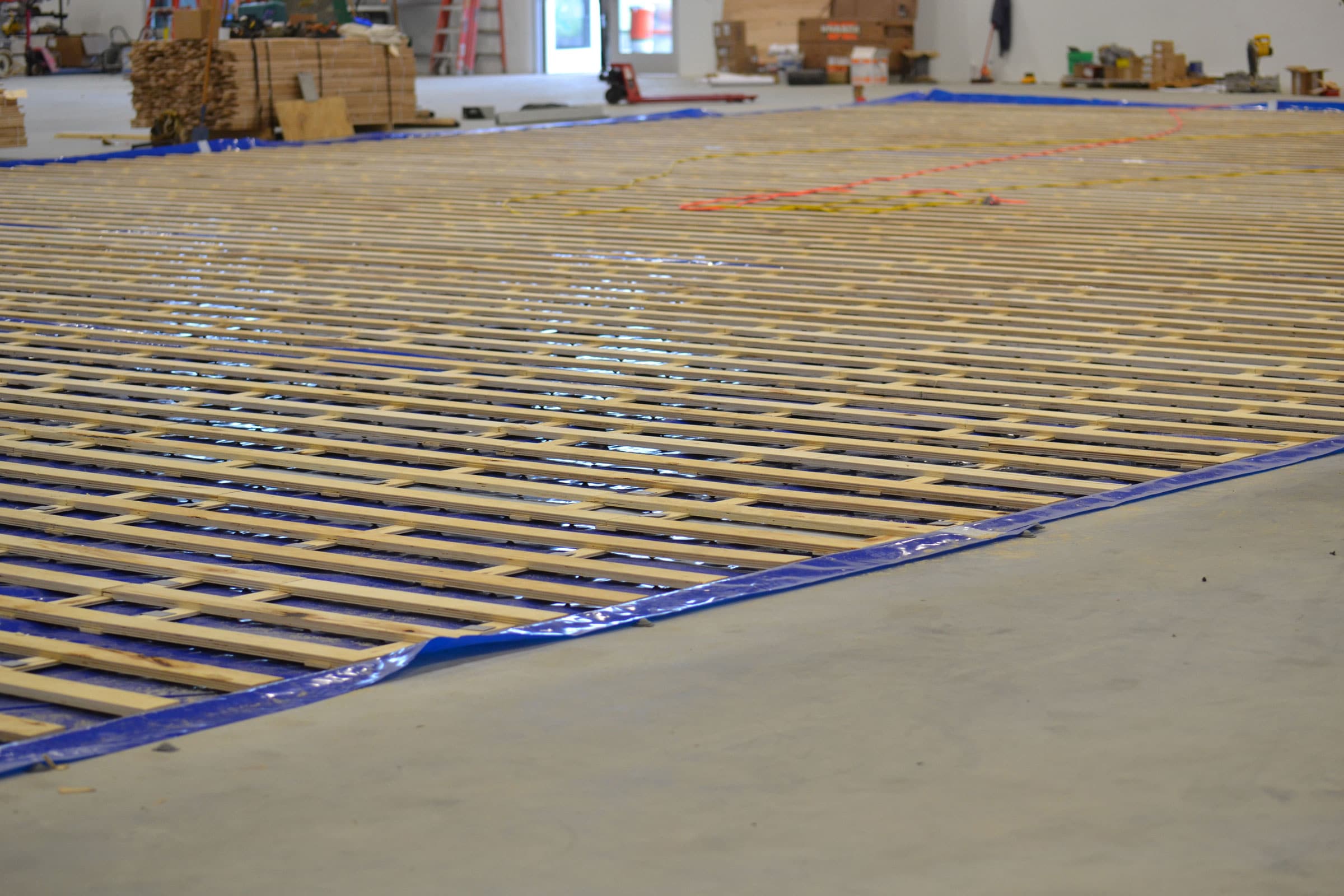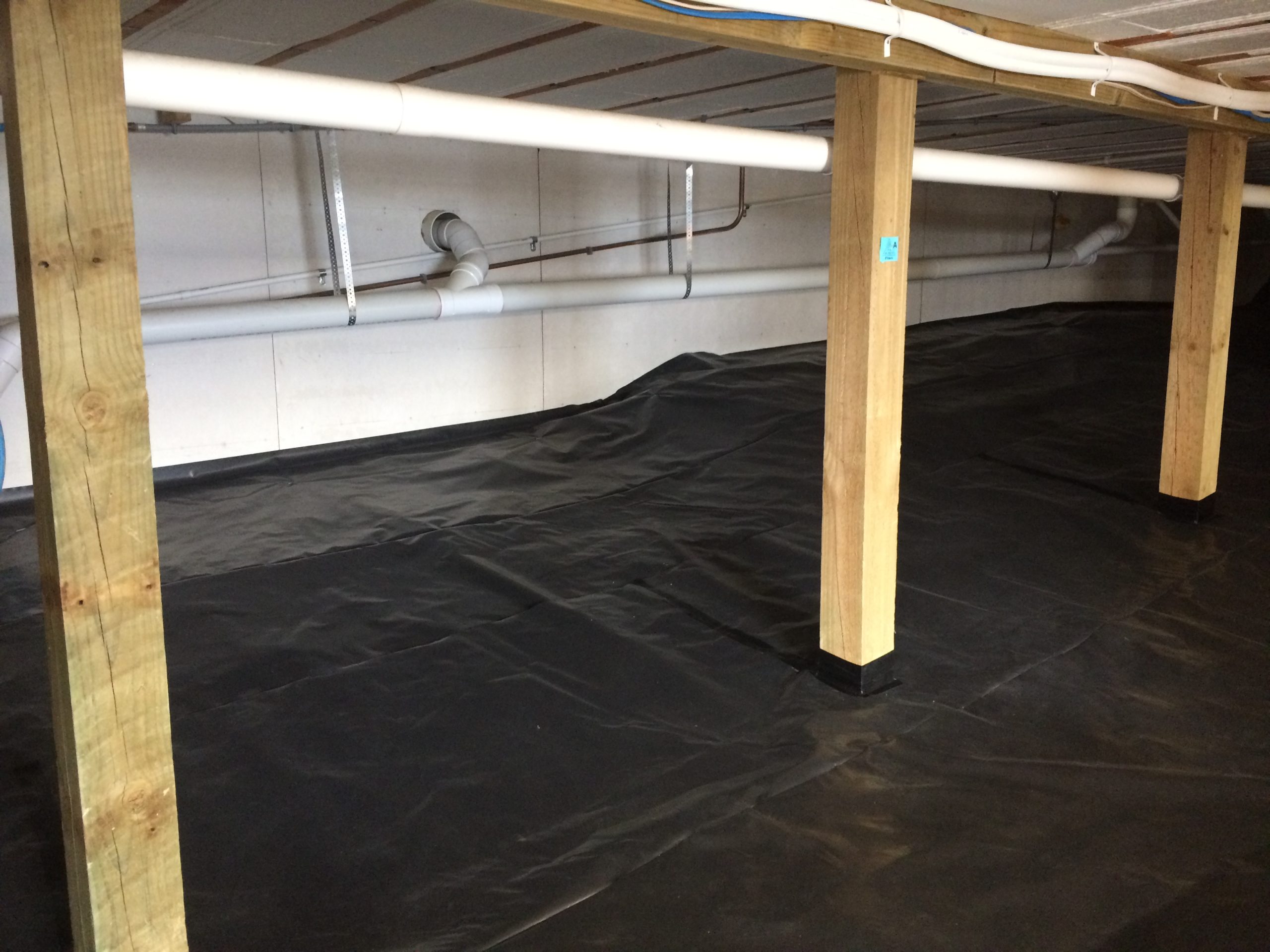Understanding Moisture Barriers

Moisture barriers are essential components in bathroom floor construction, playing a crucial role in protecting the subfloor and preventing damage from water exposure. They act as a shield, preventing moisture from penetrating the structural components of the floor and causing issues like rot, mold, and mildew.
Types of Moisture Barriers
There are various types of moisture barriers available, each with its unique characteristics and applications. Understanding their pros and cons can help you choose the most suitable option for your bathroom floor.
- Plastic Sheeting: A common and cost-effective option, plastic sheeting is typically made of polyethylene and is available in various thicknesses. It is easy to install and provides a reliable barrier against moisture.
- Membrane: Moisture-resistant membranes are designed to withstand high levels of moisture and are often used in areas with high humidity or frequent water exposure. They are available in different materials, such as PVC, rubber, and fiberglass, and offer excellent durability and protection.
- Epoxy Coatings: Epoxy coatings are a liquid resin that cures to form a hard, waterproof surface. They are applied to the subfloor, creating a seamless barrier that is resistant to moisture, chemicals, and abrasion.
Comparison of Moisture Barriers
| Type | Pros | Cons |
|---|---|---|
| Plastic Sheeting | Cost-effective, easy to install, readily available | Can tear easily, may not be suitable for high moisture areas, can be susceptible to punctures |
| Membrane | Durable, highly moisture resistant, often comes with warranties | Can be more expensive than plastic sheeting, may require specialized installation |
| Epoxy Coatings | Seamless barrier, resistant to chemicals and abrasion, long-lasting | Requires professional installation, can be expensive, may require proper surface preparation |
Installation and Application: Moisture Barrier For Bathroom Floor

Installing a moisture barrier is a crucial step in ensuring the longevity and structural integrity of your bathroom floor. A properly installed moisture barrier prevents water damage and mold growth, creating a safe and healthy environment. This section delves into the practical steps and techniques involved in installing a moisture barrier, empowering you to create a robust and reliable defense against moisture intrusion.
Installing a Moisture Barrier
The process of installing a moisture barrier involves preparing the subfloor, laying down the barrier material, and securing it in place. This section Artikels the essential steps involved in this process.
- Prepare the Subfloor: A smooth and clean subfloor is essential for a successful moisture barrier installation. Remove any debris, dirt, or loose materials from the subfloor surface. If necessary, repair any cracks or gaps in the subfloor using a suitable patching compound.
- Laying the Moisture Barrier: The moisture barrier material should be laid down in a continuous and overlapping manner. Overlap the seams of the barrier by at least 6 inches to prevent water from seeping through. Ensure the barrier material extends beyond the perimeter of the bathroom floor by at least 4 inches to provide adequate protection.
- Securing the Moisture Barrier: Secure the moisture barrier to the subfloor using construction adhesive, staples, or screws. Apply adhesive evenly along the perimeter of the barrier and along any seams. Ensure the adhesive fully bonds the barrier to the subfloor, creating a watertight seal.
Applying Different Types of Moisture Barriers
Various types of moisture barriers are available, each with its unique application techniques. This section details the application process for some common types of moisture barriers.
- Plastic Sheeting: Lay down the plastic sheeting in a continuous and overlapping manner, ensuring the seams are sealed with tape. Use construction adhesive or staples to secure the sheeting to the subfloor.
- Rubberized Membranes: Apply the rubberized membrane using a trowel or roller, spreading it evenly across the subfloor. Allow the membrane to dry completely before proceeding with the next layer.
- Concrete Waterproofing Coatings: Apply the waterproofing coating using a brush or roller, ensuring a smooth and even application. Allow the coating to dry completely before applying the next coat.
Tips for Successful Moisture Barrier Installation
Following these tips will ensure a successful and long-lasting moisture barrier installation.
- Use High-Quality Materials: Opt for high-quality moisture barrier materials to ensure durability and effectiveness.
- Follow Manufacturer’s Instructions: Carefully read and follow the manufacturer’s instructions for each type of moisture barrier material. This will ensure proper installation and optimal performance.
- Inspect Regularly: Inspect the moisture barrier regularly for any signs of damage or wear. Promptly address any issues to prevent water intrusion and potential damage.
Benefits and Considerations

A moisture barrier is an essential component in bathroom floor construction, offering numerous benefits that contribute to a durable, healthy, and comfortable living space. However, it’s important to consider the potential drawbacks and limitations to make an informed decision.
Benefits of Using a Moisture Barrier
A moisture barrier plays a crucial role in protecting your bathroom floor from water damage, promoting a healthy and comfortable living environment. Here are some of the key benefits:
- Prevents Water Damage: The primary function of a moisture barrier is to prevent water from penetrating the subfloor and causing damage. This is particularly important in bathrooms, where spills, leaks, and humidity are common.
- Protects Against Mold and Mildew: Moisture trapped beneath the floor can create a breeding ground for mold and mildew, which can lead to health problems and unpleasant odors. A moisture barrier effectively prevents this by blocking moisture from reaching the subfloor.
- Increases Floor Lifespan: By protecting the subfloor from moisture damage, a moisture barrier significantly extends the lifespan of your bathroom floor. This can save you money on costly repairs and replacements in the long run.
- Enhances Comfort and Aesthetics: A well-installed moisture barrier contributes to a more comfortable and aesthetically pleasing bathroom environment. It prevents moisture from causing warping or buckling in the floor, ensuring a smooth and even surface.
Drawbacks and Limitations of Using a Moisture Barrier
While moisture barriers offer numerous benefits, it’s essential to be aware of potential drawbacks and limitations:
- Increased Installation Time and Cost: Installing a moisture barrier adds an extra layer of work and material cost to your bathroom floor construction. However, the long-term benefits of a moisture barrier often outweigh the initial investment.
- Potential for Improper Installation: If a moisture barrier is not installed correctly, it can become ineffective and even lead to moisture problems. It’s crucial to hire a qualified contractor to ensure proper installation.
- Limited Protection Against Leaks: While a moisture barrier provides significant protection against water damage, it’s not a foolproof solution. It’s still essential to address any leaks promptly to prevent further damage.
Factors to Consider When Choosing a Moisture Barrier, Moisture barrier for bathroom floor
When choosing a moisture barrier for your bathroom floor, consider the following factors:
- Type of Subfloor: The type of subfloor you have will influence the best type of moisture barrier to use. For example, concrete subfloors may require a different type of barrier than wooden subfloors.
- Bathroom Usage: The frequency and intensity of bathroom usage will also affect the type of moisture barrier needed. A high-traffic bathroom may require a more robust barrier than a guest bathroom.
- Budget: Moisture barriers come in a range of prices, so it’s important to consider your budget when making a decision. However, remember that a quality moisture barrier is an investment in the long-term health and durability of your bathroom floor.
- Local Building Codes: Some areas have specific building codes that require certain types of moisture barriers. It’s essential to consult with your local building department to ensure compliance.
